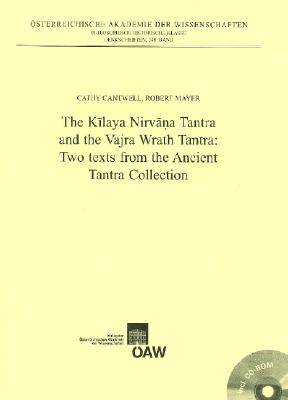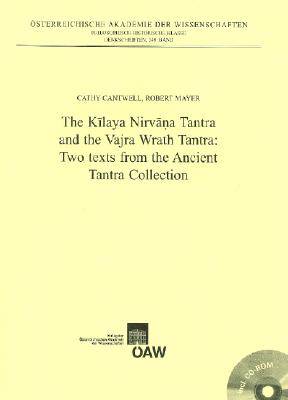
- Afhalen na 1 uur in een winkel met voorraad
- Gratis thuislevering in België vanaf € 30
- Ruim aanbod met 7 miljoen producten
- Afhalen na 1 uur in een winkel met voorraad
- Gratis thuislevering in België vanaf € 30
- Ruim aanbod met 7 miljoen producten
Zoeken
€ 117,95
+ 235 punten
Omschrijving
The 1,000 plus texts of the Ancient Tantra Collection (rNying ma'i rgyud 'bum) contain many of the oldest examples of Tantric literature in Tibetan. They also contain many of the most important examples of Buddhist Tantric literature surviving in any language. Their contribution to Tibetan religion and culture over the last 1,200 years has been incalculable, and remains undiminished in modern times. Yet, like most manuscript traditions of such great antiquity, centuries of accumulated scribal corruption have reduced them in a great many cases almost to incomprehensibility, even to the most learned Tibetan lamas. Modern times have been a particularly testing period for this great scriptural tradition, above all because the Chinese invasion of Tibet led to the destruction of an estimated 95% of its extant witnesses. In this work, Cantwell and Mayer attempt to start the immense task of restoring these wonderful texts to their original state through textual criticism. They discuss the received scribal state of the texts, their surviving editions, and different possible methods of restoring them through textual criticism. They produce editions of two importang texts, also considering features of their original compilation, and commentarial usage of them. This is intended as a small contribution towards the eventual restoration of the entire tradition.
Specificaties
Betrokkenen
- Auteur(s):
- Uitgeverij:
Inhoud
- Aantal bladzijden:
- 289
- Taal:
- Duits
Eigenschappen
- Productcode (EAN):
- 9783700136781
- Verschijningsdatum:
- 1/12/2007
- Uitvoering:
- Paperback
- Formaat:
- Trade paperback (VS)
- Afmetingen:
- 211 mm x 296 mm
- Gewicht:
- 902 g

Alleen bij Standaard Boekhandel
+ 235 punten op je klantenkaart van Standaard Boekhandel
Beoordelingen
We publiceren alleen reviews die voldoen aan de voorwaarden voor reviews. Bekijk onze voorwaarden voor reviews.








